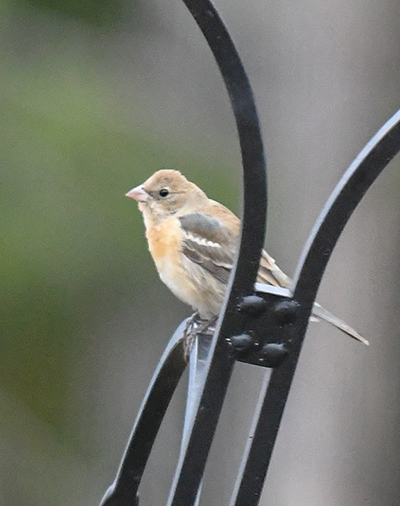One of the most important functions of the NHRBC is the evaluation of records of rarities found in NH. The typical process used to evaluate these records is as follows:
- Species to be reviewed are those listed in the New Hampshire Rare Birds Committee State and Review List
- Records of these Review List species come to the Committee either from eBird checklists, or information submitted directly to NHBR or the NHRBC such as through the use of the New Hampshire Bird Sighting Documentation form
- The NHRBC will request additional information on those records where key details are not provided or limited.
- Records are compiled once a year, generally in early Spring, by the Committee Secretary, to include four consecutive seasons – Spring (March-May), Summer (June-July), Fall (August-November), and Winter (December-February).
- The members of the Committee review each of the records and submit their votes to the Secretary, who then compiles all the votes.
- The Committee typically meets once per year typically in early summer, often by phone, to discuss any vote that is not unanimous, and finalize the votes for all records.
- The Committee requires a vote with not more than one dissension for acceptance of a record, except for potential first state records which require a unanimous vote. A first state record also requires at least one of the following – photograph, specimen, video recording, audio recording, or separate documentation from at 3 or more observers. If none of these criteria is met, though the record is still accepted by the Committee, the species is added to the Hypothetical State List.
Note that the Committee’s rejection of a record is not necessarily an indication that the identification was incorrect, but more likely, that the information received was not sufficient to allow its acceptance as a state record. In other words, adequate documentation is key to whether a report is accepted or not.
A reminder that the best way to ensure your sighting is accepted by the NHRBC is to prepare and submit adequate documentation of the sighting in eBird or by using the New Hampshire Bird Sighting Documentation form. Even if you have a photo, a supplemental documentation form can be invaluable in gaining acceptance of the record, especially with photos of limited quality. But not to worry – if you don’t have a photograph it doesn’t mean the record can’t be accepted by the Committee.

